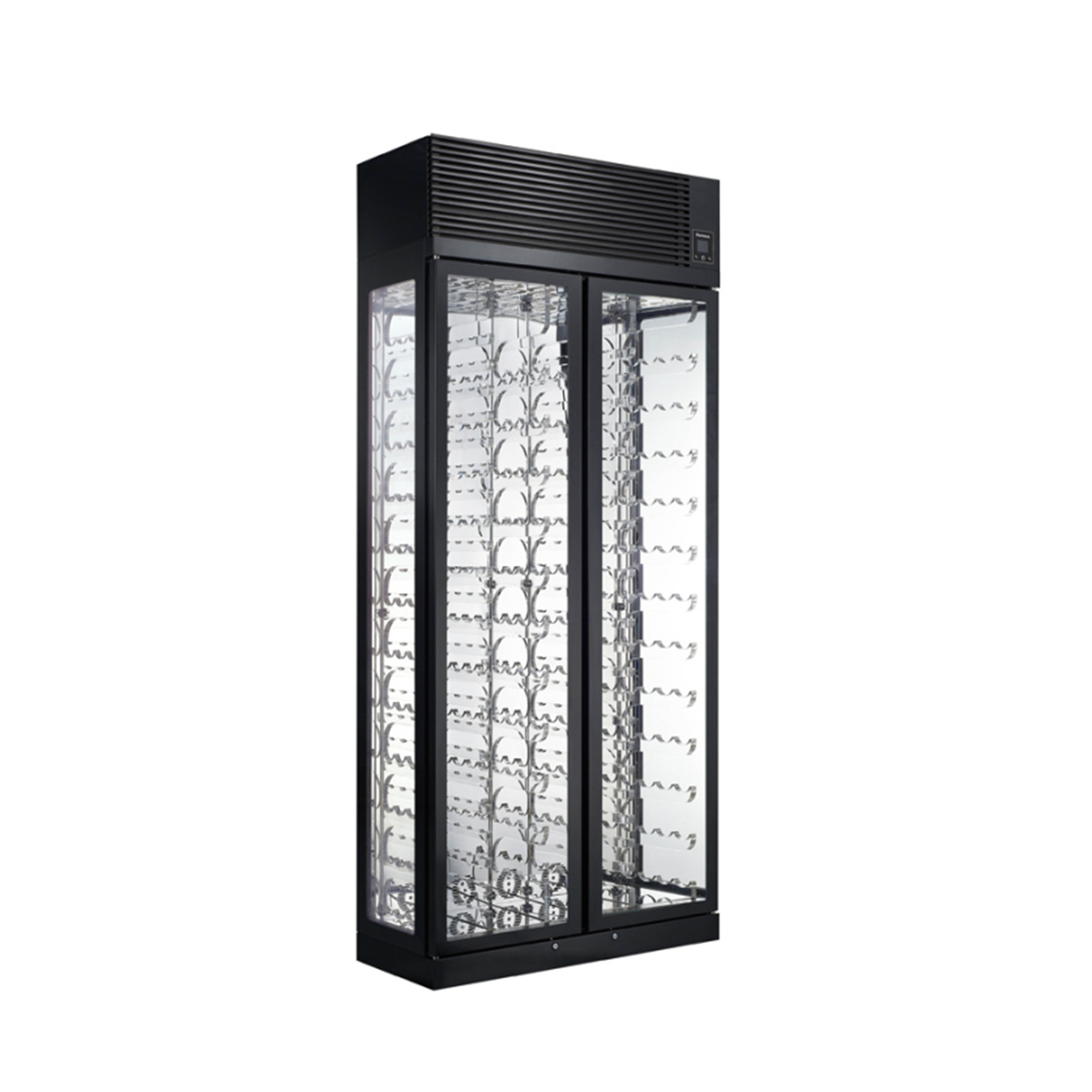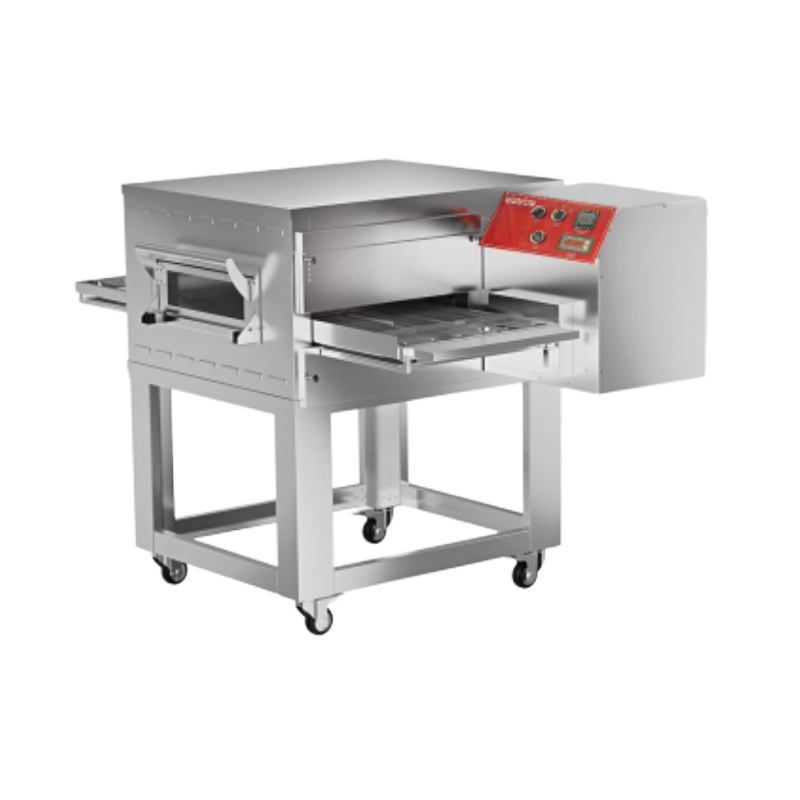How to Ensure Consistency with Your Pizza Conveyor Oven
How to Ensure Consistency with Your Pizza Conveyor Oven
Table of Contents
- Understanding the Pizza Conveyor Oven
- The Importance of Consistency in Pizza Making
- Key Factors Affecting Pizza Consistency
- Setting Up Your Conveyor Oven for Success
- Ingredient Preparation and Management
- Cooking Techniques for Consistency
- Routine Maintenance of Your Oven
- Troubleshooting Common Issues
- Frequently Asked Questions
- Conclusion
Understanding the Pizza Conveyor Oven
Pizza conveyor ovens have become a staple in many commercial kitchens, particularly in pizzerias and restaurants that prioritize efficiency without compromising quality. These ovens utilize a conveyor belt system that steadily moves pizzas through a heated chamber, ensuring an even bake across the entire surface. By understanding how these ovens operate, businesses can better harness their potential to produce consistently delicious pizzas.
The Importance of Consistency in Pizza Making
For any pizza establishment, consistency is key. Customers expect the same great taste and texture with every order. Whether it's the crispiness of the crust, the melt of the cheese, or the flavor of the toppings, maintaining a consistent product helps in building a loyal customer base. Inconsistent pizza can lead to dissatisfaction and loss of repeat business, making it crucial for pizzerias to focus on achieving uniform results.
Key Factors Affecting Pizza Consistency
Several factors contribute to the overall consistency of pizzas produced in conveyor ovens:
- Temperature Control: Each conveyor oven has a specific temperature range that must be maintained for optimal cooking.
- Time Management: The duration a pizza spends in the oven directly influences its doneness and texture.
- Ingredient Quality: Fresh, high-quality ingredients contribute significantly to the end product.
- Preparation Techniques: How ingredients are prepared and assembled impacts the baking process.
- Oven Calibration: Regular calibration ensures the oven performs accurately and consistently.
Setting Up Your Conveyor Oven for Success
To achieve consistent results, proper setup of the conveyor oven is essential. Here’s how to get started:
1. Selecting the Right Conveyor Oven
Choose a conveyor oven that suits your kitchen's size and production requirements. Consider features such as maximum temperature, belt speed, and cooking chamber size.
2. Preheating the Oven
Always preheat the oven to the recommended temperature before cooking. This ensures that the pizzas begin cooking immediately upon entry, leading to better results.
3. Adjusting the Conveyor Speed
The speed of the conveyor belt must be calibrated based on the thickness of the crust and the type of toppings used. Thicker crusts may require a slower belt speed for proper baking.
Ingredient Preparation and Management
Consistency in pizza making starts long before the pizzas reach the conveyor oven. Proper ingredient preparation is vital.
1. Standardizing Recipes
Develop standardized recipes that include precise measurements for each ingredient. This helps maintain the same flavor profile and texture across different batches.
2. Consistent Topping Distribution
Ensure toppings are evenly distributed across each pizza. Use tools like portion scoops or scales to measure out ingredients consistently.
3. Prepping Ingredients in Advance
Prepare all ingredients before the rush. Having everything ready to go helps streamline the pizza-making process and allows for greater focus on consistency.
Cooking Techniques for Consistency
Mastering the cooking techniques specific to conveyor ovens is crucial for achieving consistent results. Here are some effective techniques to consider:
1. Baking Time and Temperature
Monitor the baking time and temperature settings according to the recipe guidelines. Regularly check that your oven maintains the set temperature throughout the cooking process.
2. Product Placement
Place pizzas uniformly on the conveyor belt to ensure even airflow and consistent cooking. Avoid overcrowding, which can lead to uneven results.
3. Periodic Testing
Conduct periodic testing of different pizzas to ensure quality remains consistent. This may include checking for proper doneness, cheese melt, and overall appearance.
Routine Maintenance of Your Oven
Regular maintenance is vital for keeping your conveyor oven operating at peak performance. Here’s a checklist:
1. Daily Cleaning
After each service, thoroughly clean the oven, including the conveyor belt, heating elements, and any residue buildup. This prevents cross-contamination and ensures efficiency.
2. Regular Calibration
Calibrate your oven periodically to maintain accurate temperature readings. This step is essential for ensuring consistent baking performance.
3. Checking Components
Regularly inspect components such as the conveyor belt, heating elements, and thermostat for wear and tear. Replace parts as necessary to avoid disruptions in service.
Troubleshooting Common Issues
Even with careful preparation and maintenance, issues can arise. Here are some common problems with solutions:
1. Uneven Cooking
If pizzas are cooking unevenly, check the conveyor speed and ensure that the belt is operating at the correct setting for your recipe.
2. Soggy Crusts
Soggy crusts are often the result of too many toppings or insufficient cooking time. Adjust the ingredient portions and monitor cooking times closely.
3. Burnt Toppings
If toppings appear burnt while the crust is undercooked, reduce the conveyor speed. This adjustment allows for more even cooking.
Frequently Asked Questions
1. What temperature should a pizza conveyor oven be set at?
The ideal temperature for a pizza conveyor oven typically ranges between 450°F to 500°F, but this can vary based on the specific recipe and type of pizza.
2. How long does it take to cook a pizza in a conveyor oven?
Cooking time generally ranges from 5 to 8 minutes, depending on the thickness of the crust and toppings used.
3. Can I cook different types of pizza at the same time?
Yes, but it’s essential to adjust the cooking time and conveyor speed according to the type of pizza being cooked to ensure consistent quality.
4. How often should I clean my conveyor oven?
It’s best to clean your conveyor oven daily after use to prevent residue buildup and ensure consistent cooking performance.
5. What should I do if my pizzas are burning?
If pizzas are burning, check the temperature settings and conveyor speed. Lowering the temperature or adjusting the speed may help achieve better results.
Conclusion
Ensuring consistency with your pizza conveyor oven is crucial for delivering high-quality pizzas that keep customers coming back. By understanding the operational nuances of your conveyor oven, managing ingredients effectively, and implementing consistent cooking techniques, you can achieve delicious, uniform pizzas every time. Regular maintenance and troubleshooting are also essential for long-term success. With these practices in place, your pizza business can excel in quality and customer satisfaction!
RELATED INFORMATION







